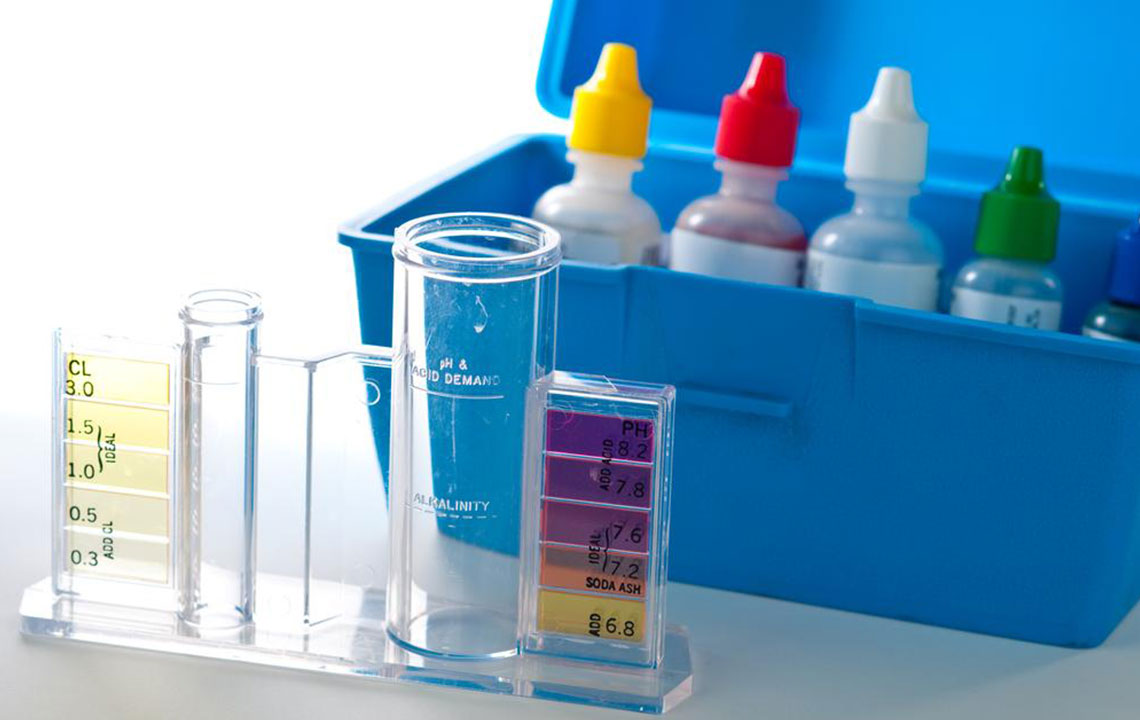Comprehensive Guide to Uric Acid: Diagnosis, Symptoms, and Effective Treatment Strategies
This comprehensive article explores uric acid's role in health, focusing on diagnosis, symptoms, and effective treatments for hyperuricemia and gout. It emphasizes the importance of lifestyle changes, medication options, and ongoing management to prevent complications like joint damage and kidney issues. Perfect for those seeking detailed insights into managing uric acid levels, it offers practical guidance to promote overall health and prevent gout attacks.

Comprehensive Guide to Uric Acid: Diagnosis, Symptoms, and Effective Treatment Strategies
Uric acid is a naturally occurring waste product in the human body, generated when purines—substances found abundantly in various foods such as red meats, seafood, and certain legumes—are broken down during metabolic processes. Under normal circumstances, the body efficiently manages uric acid levels through renal filtration, allowing the kidneys to excrete it via urine and, to a lesser extent, through bowel movements. However, when the body produces excess uric acid or when the kidneys are unable to eliminate it effectively, uric acid levels in the bloodstream can elevate to abnormal ranges, a condition known as hyperuricemia. Persistently high uric acid levels are a significant concern because they can lead to the formation of sharp, needle-like crystals within joints and surrounding tissues, precipitating painful conditions such as gout. Understanding the underlying mechanisms and effective management options is essential for preventing complications associated with elevated uric acid levels. This comprehensive guide explores how uric acid is produced, mechanisms leading to hyperuricemia, symptoms, diagnostic procedures, and current treatments available to regulate uric acid and mitigate associated health risks.
Normally, uric acid is one of the final products of purine metabolism. The body breaks down dietary and cellular purines into uric acid, which then enters the bloodstream. The kidneys play a central role in maintaining uric acid balance by filtering it out and excreting it through urine. Some uric acid also exits via the gastrointestinal tract, aiding in regulation. However, factors such as genetic predispositions, lifestyle choices, metabolic disorders, kidney function impairment, and certain medications can disrupt this delicate balance, leading to hyperuricemia.
This imbalance is problematic because elevated uric acid can crystallize, especially when the concentration exceeds solubility limits in bodily fluids. These crystals tend to deposit within joints, tendons, and surrounding tissues, disrupting normal tissue and causing inflammation. The most well-known consequence of uric acid crystal deposition is gout—a type of inflammatory arthritis characterized by sudden and severe attacks of joint pain, swelling, redness, and warmth, with the big toe being a common initial site. If untreated, recurrent gout attacks can lead to joint damage, chronic inflammation, and the development of tophi—a buildup of urate crystals visible under the skin. Moreover, high uric acid levels are also associated with kidney stones, renal impairment, and increased cardiovascular risk.
Detecting Elevated Uric Acid and Gout
Recognizing the symptoms of hyperuricemia and gout is crucial for prompt diagnosis and treatment. While some individuals may remain asymptomatic despite high uric acid levels, classic signs include intense joint pain, especially in the big toe, ankle, or knees, accompanied by swelling, redness, and tenderness. The initial attack is often sudden and may last days to weeks. Recurrent episodes can lead to joint destruction if not properly managed.
Diagnostic procedures involve multiple tests to confirm hyperuricemia and identify urate crystal deposits. These include:
**Joint Fluid Analysis:** A clinician extracts fluid from the affected joint using a fine needle. The fluid is then examined under a microscope to detect urate crystals, which appear as needle-shaped, negatively birefringent structures in polarized light microscopy, confirming gout.
**Blood Tests:** Measurement of serum uric acid levels helps assess whether hyperuricemia is present. It’s important to note that elevated serum uric acid alone does not confirm gout, as some individuals with high levels remain asymptomatic, and others with normal levels can still develop gout.
**Ultrasound Imaging:** Advanced imaging techniques such as musculoskeletal ultrasound can detect tophi and urate crystal deposits within joints and soft tissues, even before clinical symptoms fully develop. Ultrasound is a non-invasive method that provides high sensitivity, aiding in early diagnosis and management planning.
Managing Uric Acid: Medications, Lifestyle, and Preventive Measures
Effective management of uric acid involves a multifaceted approach that combines pharmacotherapy, lifestyle modifications, and ongoing monitoring. The primary goal is to maintain serum uric acid levels below the saturation point (generally less than 6 mg/dL in most cases) to prevent crystal formation and reduce inflammation. Treatment strategies vary depending on the severity of hyperuricemia, frequency of gout attacks, presence of tophi, kidney function, and overall health status.
**Urate-Lowering Medications:** These are essential for controlling persistent hyperuricemia. Commonly prescribed drugs include:
**Xanthine Oxidase Inhibitors:** Such as allopurinol and febuxostat, which inhibit the enzyme xanthine oxidase responsible for converting purines into uric acid. These medications reduce uric acid production, preventing crystal formation and gout attacks.
**Uricosuric Agents:** Like probenecid and benzbromarone, which increase renal excretion of uric acid, thereby lowering blood levels. These are suitable for patients whose kidneys can effectively excrete uric acid.
**Supporting Uric Acid Excretion:** Some drugs and interventions aim to enhance the body's ability to eliminate uric acid via urine and stool. Adequate hydration is vital to promote renal clearance, alongside medications that support kidney function.
**Lifestyle and Dietary Adjustments:** These are crucial components of managing hyperuricemia and preventing gout flares. Recommendations include:
Dietary Modifications: Reducing intake of high-purine foods such as red meat, organ meats, shellfish, and certain fish like sardines and anchovies. Increasing consumption of low-purine foods such as fruits, vegetables, whole grains, and low-fat dairy products.
Limiting Alcohol and Sugary Beverages: Beer, spirits, and beverages sweetened with high-fructose corn syrup can significantly elevate uric acid levels, increasing the risk of gout attacks.
Maintaining a Healthy Weight: Obesity is a major risk factor for hyperuricemia. Weight loss through diet and exercise can effectively reduce uric acid levels and decrease gout episodes.
Regular Exercise: Engaging in moderate, consistent physical activity helps improve overall metabolic health and supports kidney function.
Long-term Management and Monitoring
Persistent high uric acid levels require ongoing management with regular blood tests, clinical assessments, and adherence to prescribed medications. Patients with tophi or frequent gout attacks may need long-term urate-lowering therapy to prevent joint destruction. Monitoring for potential side effects of medications, such as liver function tests for allopurinol or cardiovascular health for uricosuric agents, is essential.
In addition, lifestyle modifications should be sustained to achieve optimal outcomes. The combination of pharmacological treatment, dietary control, and weight management can significantly reduce the risk of recurrent gout attacks, protect kidney health, and improve quality of life.
Complications and When to Seek Medical Help
If hyperuricemia remains uncontrolled, it can lead to serious health issues beyond gout, including kidney stones, chronic kidney disease, and increased cardiovascular events. Symptoms such as persistent joint swelling, difficulty moving affected joints, severe pain, or signs of kidney problems warrant immediate medical evaluation.
Early intervention and a comprehensive treatment plan are key to managing uric acid levels effectively and preventing long-term complications. Patients are encouraged to work closely with healthcare providers to develop an individualized management strategy tailored to their specific needs.
In summary, understanding uric acid's role in health and disease, along with timely diagnosis and multidisciplinary management, can help individuals prevent the debilitating effects of gout and related metabolic conditions. Advances in diagnostic techniques and medication options continue to improve the outlook for those affected by hyperuricemia, emphasizing the importance of awareness and proactive health management.





